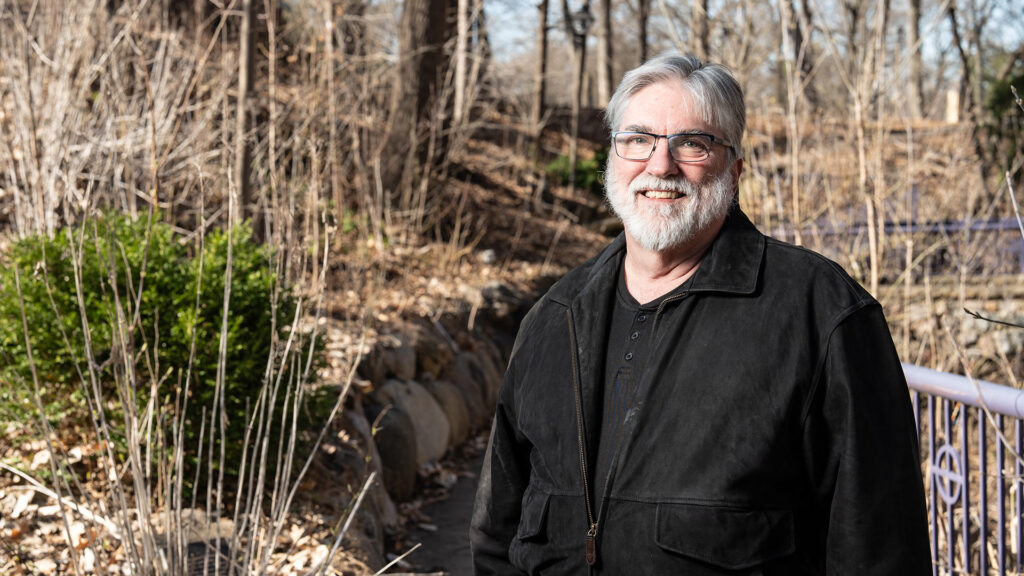 Jessica Jackley, co-founder of Kiva, the world’s first peer to peer micro lending website, joined the UST Symposium of Social Entrepreneurship to talk about creating an entrepreneurial life. Kiva’s mission is to connect people through lending to alleviate poverty, one person at a time. Kiva’s loans are expected to reach $1 billion in 2012. Talking with current and aspiring social entrepreneurs at the symposium, Jackley shared the story of how her entrepreneurial life has unfolded.
Jessica Jackley, co-founder of Kiva, the world’s first peer to peer micro lending website, joined the UST Symposium of Social Entrepreneurship to talk about creating an entrepreneurial life. Kiva’s mission is to connect people through lending to alleviate poverty, one person at a time. Kiva’s loans are expected to reach $1 billion in 2012. Talking with current and aspiring social entrepreneurs at the symposium, Jackley shared the story of how her entrepreneurial life has unfolded.
Starting at a young age, Jackley was taught about the poor as people who needed a handout. Sunday school classes taught her that her job was to help them. Television and direct mailing taught her that there were children around the world who were sad and spent their time with their hands out. These images haunted her as she grew up. As a junior in high school, Jackley visited Haiti. She came back to the US just before her high school prom. The sharp contrast between the lives of those her age in Haiti compared to her own caused an emotional struggle. While she was spending money on a dress, transportation, flowers, dinner and an evening of dancing, those in Haiti were struggling to find something to eat.
Fast forward a few years and Jackley found herself a college graduate without a specific direction. She landed as a departmental assistant at Stanford where she was able to meet people like Muhammad Yunus, Bangladeshi banker, economist, Nobel peace prize recipient, and developer of the concepts of microcredit and microfinance. His influences and stories reshaped Jackley’s understanding of the poor. It wasn’t necessarily that these people were looking for a handout but rather they were stuck in the cycle of poverty. Many of these artisans were making goods but didn’t have access to good credit. Creditors would only borrow to them at 300% interest which meant they could sell their products but paid all of the profits back to these creditors.
Like most entrepreneurs, Jackley took a big risk. She quit her job and moved to East Africa. By gaining firsthand knowledge of the cycle of poverty, Jackley began seeing the poor as hard working, smart, strong entrepreneurs who simply did not have access to financing. Just a simple interest free loan of $20 could end this cycle. These people had something to offer not just empty hands held out. Those who, like Jackley, wanted to help could lend interest free to those who needed a loan to keep their business going. By making this connection, not only does Kiva help those who need assistance escaping the cycle of poverty, it is also helping those willing to lend to make a difference without making a handout.
Jackley learned a significant amount through the launch of Kiva. Although her words of wisdom were stated specifically for non-profits but they can easily be applied to for profit companies. Her top four suggestions include:
Know your mission.
Life gets easier if you know what you value. This knowledge will help in making decisions. Jackley knew her goal was specifically to connect people through lending. It wasn’t just to take corporate money to thrown into the company. Knowing her mission helped her to make a decision about a potential $10,000 donation. When the company called with the prospect of this donation, it was tough to give up. In order to determine whether the donation fit her mission, she asked whether the company planned to give the money to employees to individually invest or if they just wanted to put the money into an account for Kiva. Because they did not want to allow their employees to personally connect with those receiving the loan, she said no.
Learn to listen.
Have empathy for the people you want to serve. Those Kiva is helping did not want a hand out. They wanted a loan that could be paid back once their products were sold. If you want to serve people, spend time with them and understand what they need. Without that understanding, there is a high chance of doing more damage than good.
Co-creation.
Whatever you are doing, it is worth doing together. Let others feel the joy you do. It can be scary to allow volunteers to help because it takes some of the control away, but it is can be very beneficial when done right. Although there may need to be a course correct if volunteers stray from the mission, according to Jackley, 90% of the time it leads to great things. For instance, Kiva allowed volunteers to create their mobile app which has helped to connect even more people through micro-lending.
You tell me.
The impact of your venture matters to you. Take it seriously. Believe in yourself. Validate your own story. Your story is as important as the story Jackley shared about how Kiva came to be. Tell others about it to make it real.






